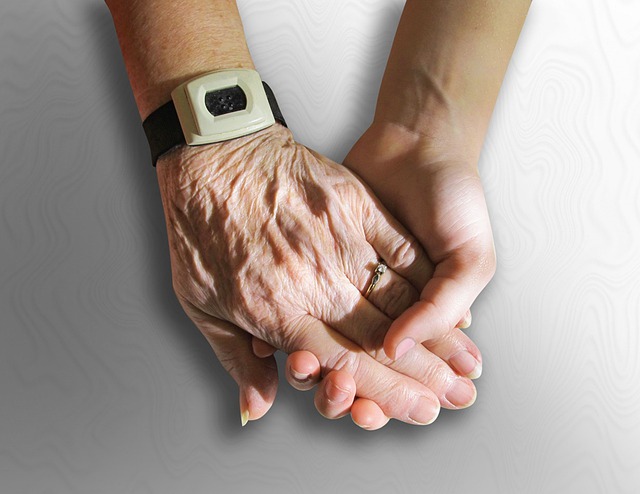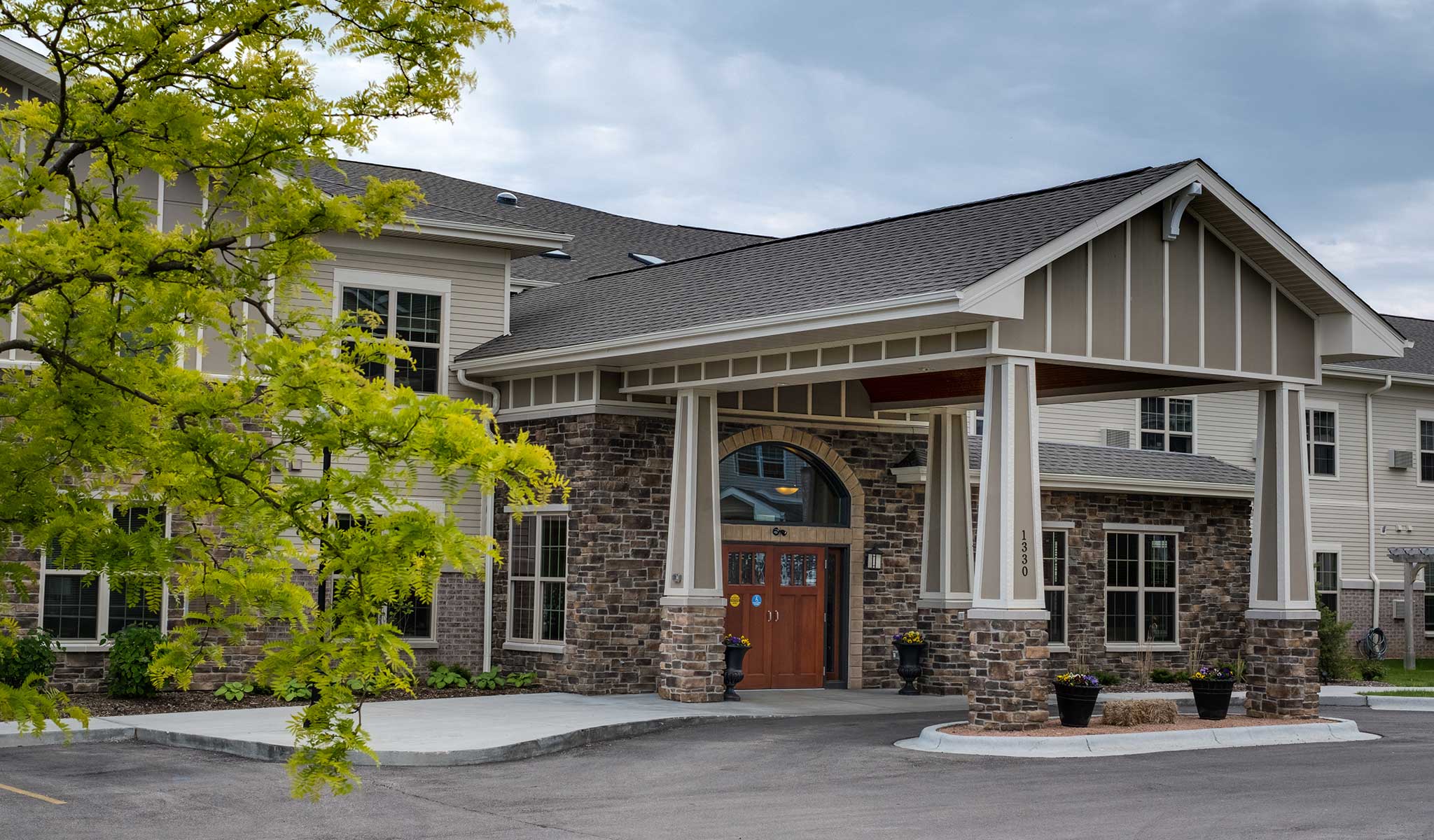
Respite care in the home can be a great way for caregivers to get away from their daily duties. The short-term relief they offer is vital, as is the need for more long-term assistance. Here are some details about the costs and benefits of these services. Learn more about the non-medical services provided by some providers. While it might be tempting to select a care professional you trust, you should ask for references and do a thorough comparison.
Cost
The cost of in-home respite care may be out of reach for many families, but you don't have to be a financial burden to get some help. Some insurance policies will cover in-home respite care. Others may not. But, before making this decision, consult your insurance provider. Make sure you check your coverage if you have any health insurance. Many people do not realize that their policy will not cover the cost of respite care.
In-home respite is usually more costly than assisted living or nursing facilities. In-home caregivers charge per hour and by the day. The more they offer, the more expensive it is. In contrast, nursing homes and assisted living facilities typically charge $300 per day, and respite care is significantly more expensive than these options. Some communities may not have skilled nursing care available.

Stakeholders
Most of the literature on in home respite care focuses on the perspectives of carers or people with dementia. But, there is little information about the views of people living with dementia. This study looked at the perspectives of all these stakeholders and also examined the barriers and facilitators to in-home respite. These findings are useful for families and individuals who face the challenges of dementia care. It also revealed how to better interact with people with dementia in order to improve the quality of care.
The Task Force was comprised of representatives from home health care agencies, hospices, and special advocacy groups for health care. It met for six months. The Task Force deliberated on issues related to cost-sharing as well the potential impacts on users and quality of care. Along with carers, other stakeholder groups included respite and home-health care agencies. The final goal of the report was to identify policies that would address the needs of respite care providers and caregivers.
Short-term relief for caregivers
It is crucial for both the caregiver as well the recipient to have respite care. Chronic stress can adversely impact caregivers' physical and mental well-being. Caregiver's can find short-term relief through caregiving. This will allow them to take a much-needed rest and get back on track. Caregiver's can often be forced to neglect their personal needs by the demands of their roles. Respite care at home can give caregivers a break from caring for their loved ones.
You can get short-term respite care for as little as a few hours or as long as a few days. Many agencies offer overnight care, so you can leave your care to someone else. You have the option to either share caregiving responsibilities with family caregivers or switch with another caregiver who has the same needs. It is important to ask questions, get recommendations, and seek out respite care providers in your area. To find the best caregiver for your family, it is important to speak with the caregiver you are hiring.

Non-medical services offered
In-home respite is a type senior care that usually covers non-medical services. Your loved one will be assisted by a respite care professional to help with daily activities, transportation, and other errands. They are also qualified and trained to provide more complicated medical care. Non-medical services can be provided at your home to help you take better care of yourself. Many insurance plans cover in-home respite care.
While most of these services do not have to be related to medical issues, they can be very costly. If you're the primary caregiver, respite care can be a lifesaver. Non-medical in-home care can be arranged through home-care agencies or volunteer organizations that provide companionship and light care assistance for seniors. Visiting several different programs can help you find the best fit for your family member's needs.